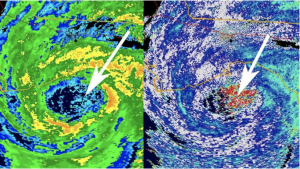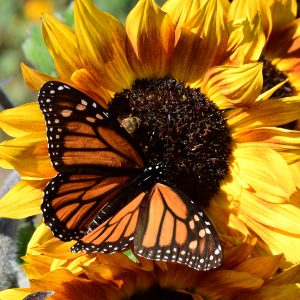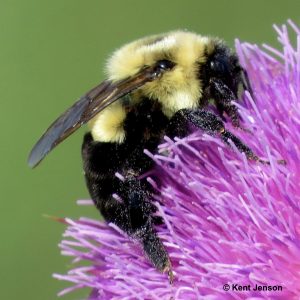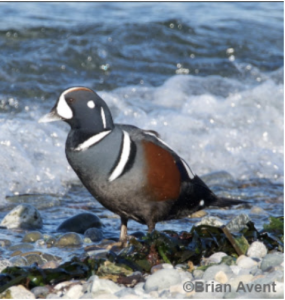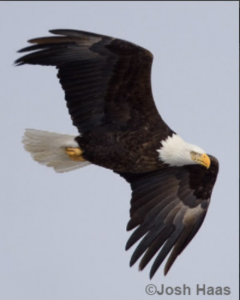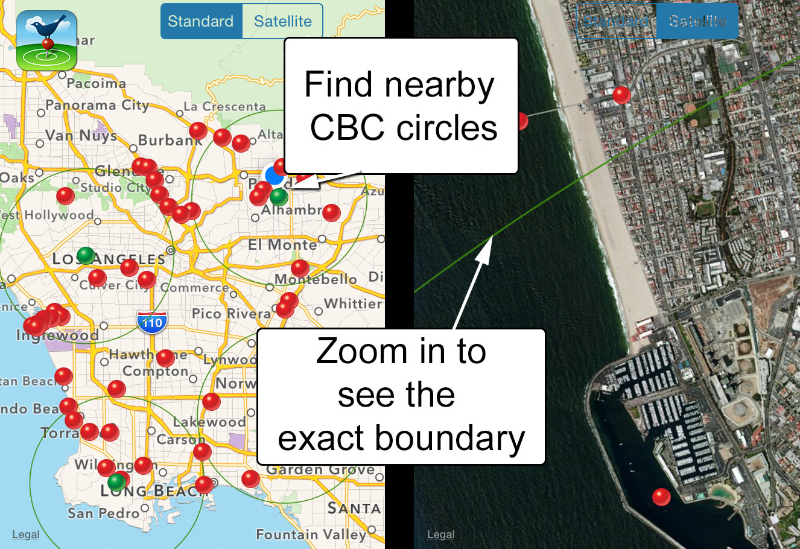Birding in Papua New Guinea
By Avery Phillips
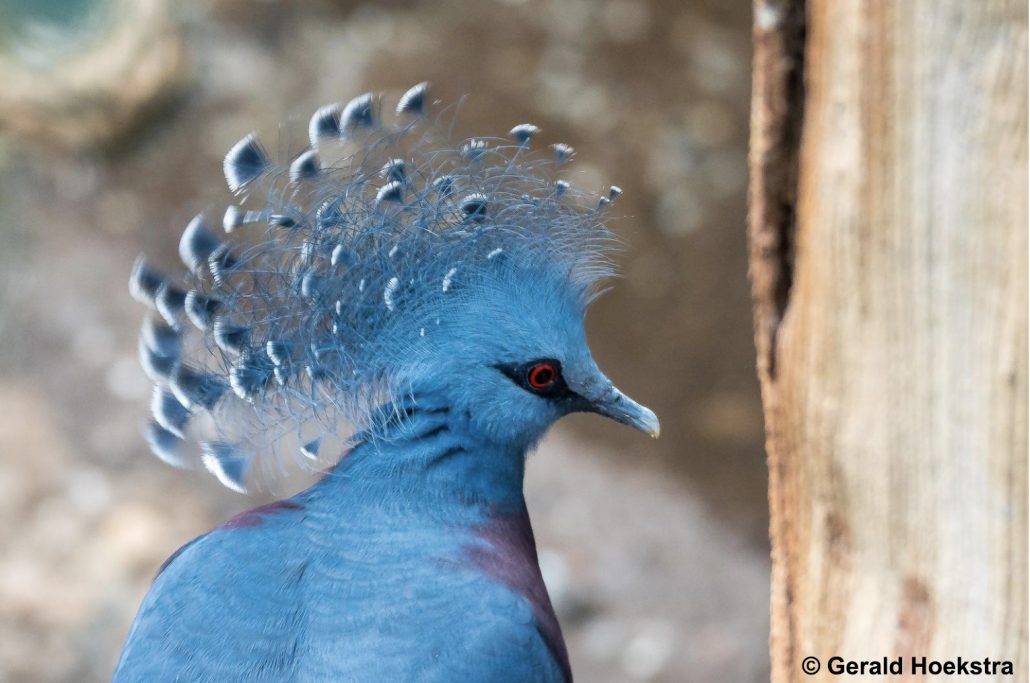
Victoria Crowned-Pigeon (Goura victoria)
Papua New Guinea is known for its diversity, in terms of landscape, culture, and species of birds. With rugged mountains, tropical rainforests, large wetlands that almost 800 different species of birds — 76 of them endemic — call home, this island country is an ideal place for birding.
Because of its mountainous interior, Papua New Guinea does not have much in the way of infrastructure. Some locations can only be accessed by helicopter or on foot, so get your gear ready. A sturdy backpack for camping, a good pair of binoculars, and a solid pair of hiking boots will do the trick.
You may also want to brush up on your photography skills and bring your camera along to document the scenery and avifauna on your adventure. You want to be ready to photograph one of the many species of pigeons, kingfishers, or birds of paradise.
Keep your camera out; in addition to the plethora of unique birds, Papua New Guinea has gorgeous scenery and landscapes you’ll want to capture on film as you work your way through the mountains, forests, and rivers. And who knows — maybe a flock will take to the sky as you’re positioning your camera for a shot! With some planning, a lot of exploring, and a dash of luck, you may be able to catch a glimpse of one of these unique birds that live in Papua New Guinea:
1. Victoria Crowned Pigeon
The Victoria crowned pigeon is one of about 40 species of pigeon found in Papua New Guinea. It is a ground-dwelling bird recognizable by its blue and white crests, maroon breast, and red irises. They are typically found at sea-level in lowlands or swamp forests and fly from the trees to the sea daily.
Victoria crowned pigeons search for food on the forest floor, often in small groups or pairs. Fallen fruit is the staple of their diet, though they will occasionally eat seeds or small insects too. Though they are widely kept in captivity, they are the rarest species of crowned pigeon found in the wild — and definitely worth seeing while birding in Papua New Guinea.
2. Shovel-billed Kookaburra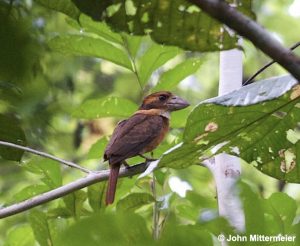
The shovel-billed kookaburra, also called the shovel-billed kingfisher, can only be found in Papua New Guinea. Their bills are short and broad, and they have dark heads, a white throat, brown irises, with rufous coloring behind their eyes, on their neck, and underparts. They also have a bright blue rump, and males have a dark blue tail while females’ are rufous.
Shovel-billed kookaburras primarily live in hill forests, though they have been sighted at sea level and elevations up to 2400 meters. Though they are not endangered or vulnerable, they are thought to be crepuscular or partially nocturnal, making them difficult (but not impossible!) to spot.
3. Black Honey Buzzard
A bird of prey endemic to the island of New Britain in Papua New Guinea, the black honey buzzard inhabits subtropical or tropical lowland forests and tropical mountain forests. They are known for their almost entirely black plumage with distinct white bands on their flight and tail feathers.
Not much is known about the black honey buzzard, but they are classified as a vulnerable species by the IUCN Red List due to habitat loss. Though rare, they are easiest to spot while in flight because of their white bands.
4. Pesquet’s Parrot
Pesquet’s parrot can be found in hill and mountain rainforests in Papua New Guinea. They are large birds, with black plumage, grey scalloped feathers to the chest, and a red belly and wing-panels. They are sometimes referred to as the vulturine parrot, because of their long, hooked bill.
These parrots feed almost exclusively on different species of figs, and their bare head prevents the sticky fruit from matting their feathers. Though they are considered vulnerable due to overhunting and habitat loss, they are typically spotted in pairs or up to groups of twenty birds, making them more conspicuous than other elusive birds in Papua New Guinea.
5. Raggiana Bird of Paradise 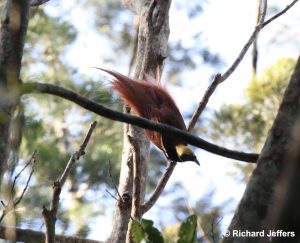
This list wouldn’t be complete without mentioning the famous birds of paradise that populate Papua New Guinea. The Raggiana bird of paradise is the national bird of Papua New Guinea and is included on the national flag. They are widely distributed in the south and northeast, typically in tropical forests.
Raggiana birds of paradise are maroon to brown, with a pale blue bill, and light brown feet. The males are more majestic than the females, with a yellow crown and collar, dark green throat, and long tail feathers, which range in color from red to orange. They are known for spectacular courtship displays — hopefully you’ll be lucky enough to stumble upon a lek!
***
These are only a few of the hundreds of amazing birds that inhabit Papua New Guinea. To learn more, check out the Asia Membership, which provides in-depth information and images for most of the 1700+ species in Asia, including those of Papua New Guinea. However, there’s no better way to experience the avifauna of this nation than to go birding there yourself.

